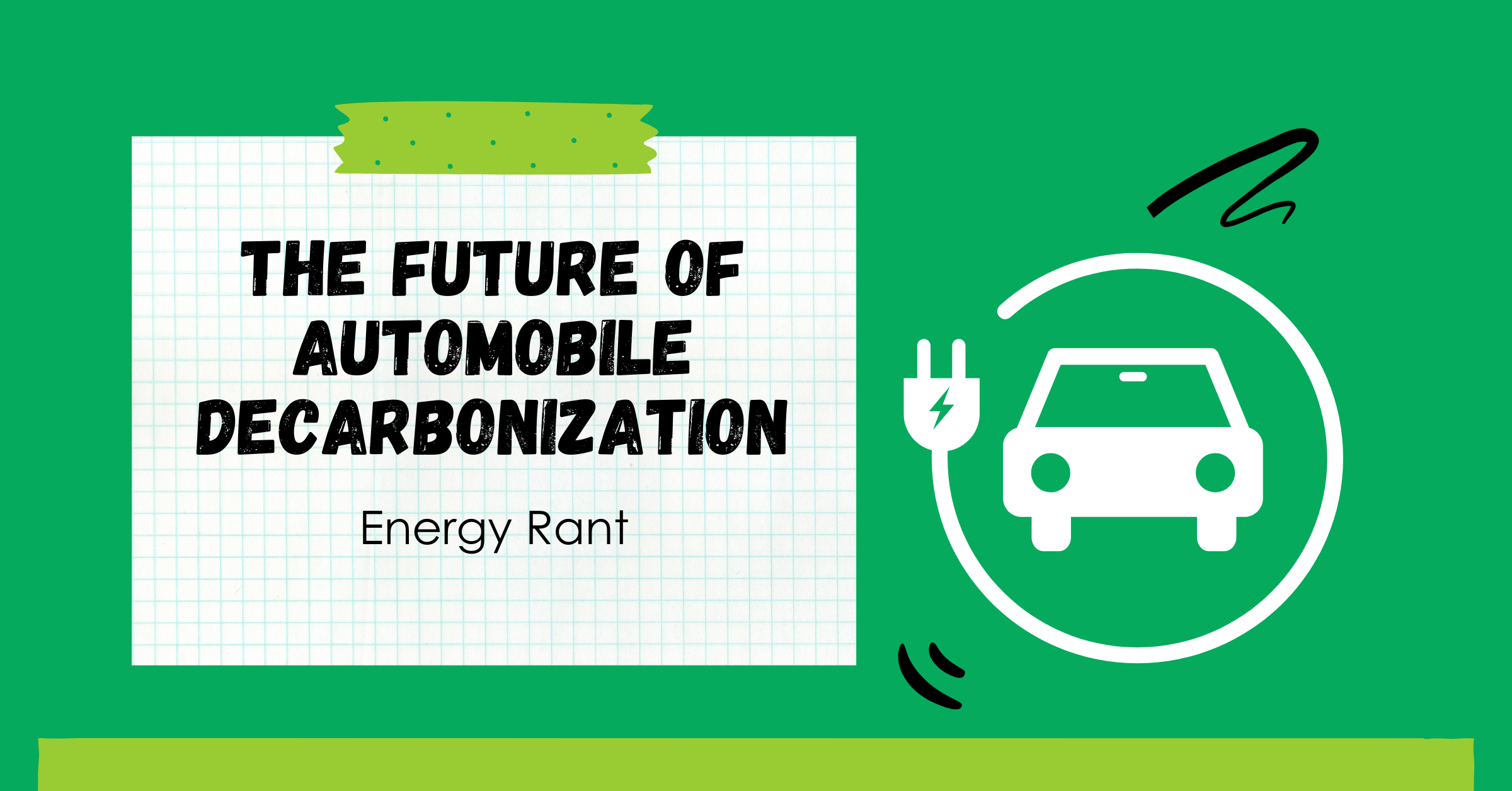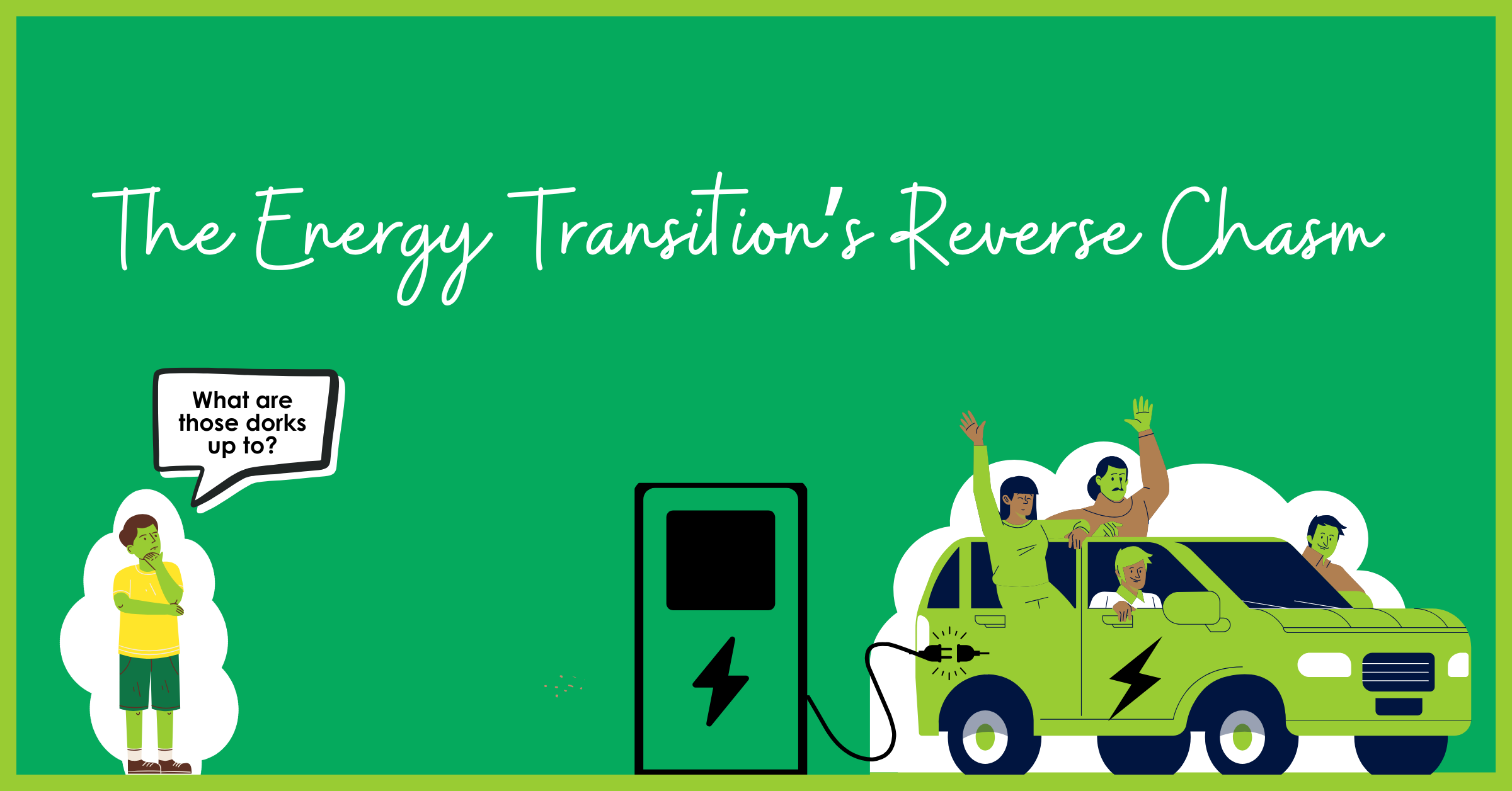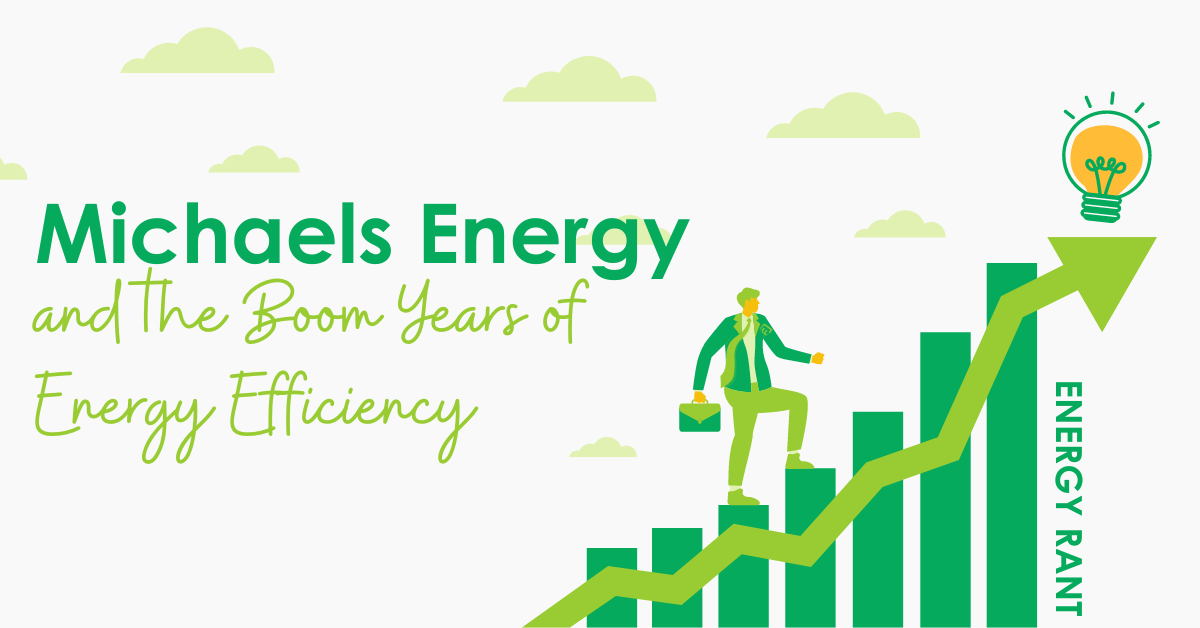
Last week and many other times, I've written about soaring electricity loads and prices climbing even faster. The reality is prices are rising much quicker than load. For example, grid loads in Oregon have increased at a compounded rate of a modest 2%, while prices have risen by a compounded rate of nearly 9% in the same period. Why is that? Wholesale Electricity Supply Curve A year ago, I demonstrated using a typical generation supply stack from PJM, reposted in Figure 1. Each dot shown represents a generator. Refer to one of my concluding questions last week, "Will stakeholders increase,…
Read More










